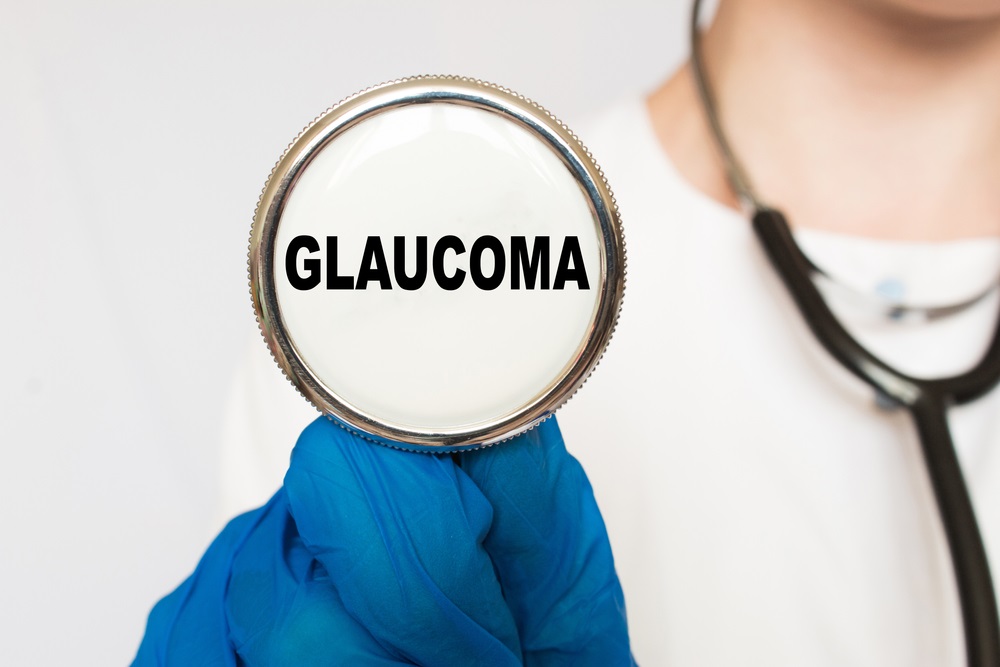Glaucoma is a complex eye condition that affects millions of people worldwide. As the “silent thief of sight,” it progressively weakens the optic nerve, causing permanent vision loss. Although glaucoma may affect anybody, some glaucoma risk factors can raise your likelihood of developing this sight-threatening disease. In this post, we’ll examine the various glaucoma risk factors and provide helpful advice on safeguarding your eyesight.
Contents
What is Glaucoma?
Before we delve into the glaucoma risk factors, let’s gain a basic understanding of glaucoma. Elevated intraocular pressure (IOP), which over time injures the optic nerve, characterizes the group of eye conditions known as glaucoma. When the optic nerve gets damaged, it can result in peripheral vision loss that gradually progresses to total blindness if left untreated.
Types of Glaucoma
Glaucoma comes in various types, each with its characteristics and risk factors. Understanding the different types can provide valuable insights into the specific risk factors associated with each form. Here are some common glaucoma types:
1. Primary Open-Angle Glaucoma
This is one of the most common glaucoma types, accounting for a significant percentage of cases. Primary open-angle glaucoma develops gradually over time and is often associated with increased intraocular pressure. The risk factors for primary open-angle glaucoma include:
-
- Advancing age
- Family history of glaucoma
- African, Hispanic, or Asian descent
- Thin corneas
- Diabetes and high blood pressure
2. Angle-Closure Glaucoma
Angle-closure glaucoma occurs when the eye drainage angle narrows or closes, leading to a sudden increase in intraocular pressure. This type of glaucoma is considered an emergency and requires immediate medical attention. The risk factors for angle-closure glaucoma include:
-
- Older age
- Farsightedness
- Asian descent
- Family history of angle-closure glaucoma
- Previous eye injuries or surgeries
3. Normal-Tension Glaucoma
Optic nerve damage occurs in normal-tension glaucoma, even though the intraocular pressure remains within the normal range. Although normal-tension glaucoma exact cause is not fully understood, the following risk factors have been identified:
-
- Family history of normal-tension glaucoma
- Japanese descent
- Systemic conditions such as low blood pressure and Raynaud’s phenomenon
4. Congenital Glaucoma
Congenital glaucoma is a rare form present at birth or develops during early childhood. It is typically caused by improper development of the eye’s drainage system. The risk factors for congenital glaucoma include:
-
- Family history of congenital glaucoma
- Premature birth
- Certain genetic conditions, such as Down syndrome
5. Secondary Glaucoma
Secondary glaucoma refers to glaucoma that develops due to another underlying condition or factor, such as eye injuries, eye inflammation, certain medications (e.g., corticosteroids), or tumors. The risk factors for secondary glaucoma depend on the underlying cause or condition.
Glaucoma Eye Exam
Early detection of glaucoma is crucial for preserving vision. Regular eye exams are important in diagnosing glaucoma and monitoring its progression. During a glaucoma eye exam, the following tests may be conducted:
-
- Tonometry: This test measures the intraocular pressure to determine if it’s within the normal range.
- Ophthalmoscopy: It involves examining the optic nerve to check for signs of damage or abnormalities.
- Perimetry: Also known as visual field testing, it evaluates the extent of peripheral vision loss caused by glaucoma.
- Gonioscopy: This test allows the doctor to examine the eye drainage angle to determine the type of glaucoma.
- Optical Coherence Tomography (OCT): It uses light waves to create detailed images of the optic nerve and surrounding structures, aiding in detecting and monitoring glaucoma.
Prevention and Early Detection
While some glaucoma risk factors are beyond our control, there are proactive measures we can take to reduce our risk and detect the condition at an early stage. Here are a few recommendations:
-
- Regular Eye Exams: Comprehensive eye exams are essential for detecting glaucoma in its early stages. These exams include measuring eye pressure, assessing the optic nerve, and conducting visual field tests.
- Awareness and Education: Educate yourself and your loved ones about glaucoma and its risk factors. Early detection and timely treatment can help preserve vision and prevent further damage.
- Healthy Lifestyle: Maintain a healthy lifestyle that includes frequent exercise, a balanced diet, and avoidance of smoking. These factors contribute to overall well-being, which can indirectly impact eye health.
- Medication Management: If you have a pre-existing medical condition requiring corticosteroid use, consult your healthcare provider for regular eye check-ups and closely monitor your eye pressure.
- Protective Eyewear: When engaging in activities that pose a risk to the eyes, such as sports or hazardous work, wear appropriate eyewear to prevent eye injuries.
Conclusion
Glaucoma is a complex eye disease that demands attention and awareness. Understanding the risk factors associated with glaucoma and taking preventive measures can significantly reduce the likelihood of developing this sight-threatening condition. Regular eye exams, early detection, and healthy lifestyle choices are key to preserving our vision.
At Faro Optometry, we prioritize the importance of your eye health and never overlook its significance. Our comprehensive eye exam is designed to assess every aspect of your vision and eye health. By detecting potential issues early on, we can take the necessary steps to prevent or treat them before they become serious problems. Schedule an eye exam today and give them the attention they need.
Book a comprehensive eye exam today!
FAQs
Can glaucoma be cured?
Glaucoma cannot be cured, but early detection and treatment can help control the condition and prevent further vision loss.
Are there any natural remedies for glaucoma?
While certain lifestyle changes and natural remedies may support overall eye health, they cannot replace medical treatment for glaucoma. It’s important to consult with a professional eye doctor for proper management.
Can glaucoma be prevented?
While some glaucoma risk factors are beyond our control, we can reduce the risk of glaucoma by adopting a healthy lifestyle, attending regular eye exams, and managing other medical conditions.
Are all types of glaucoma hereditary?
No, not all types of glaucoma are hereditary. However, a family history of glaucoma increases the risk of developing the condition.
Can glaucoma only affect older individuals?
No, glaucoma can affect individuals of all ages. However, the risk of developing glaucoma increases with age.

